An Expert Answers All Your Questions About CBD
It's buzzy...and baffling.

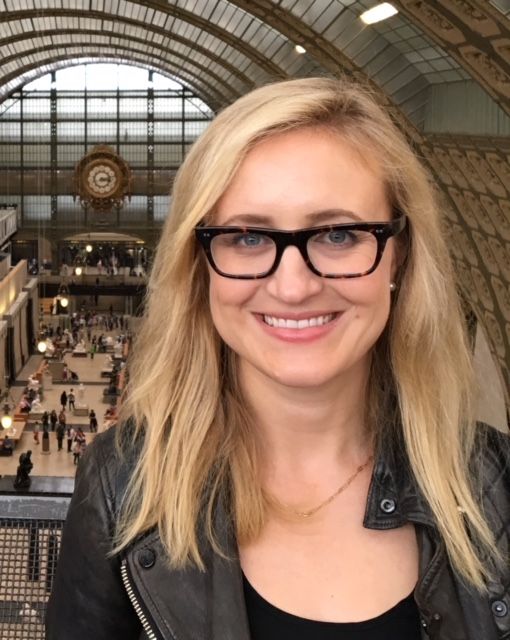
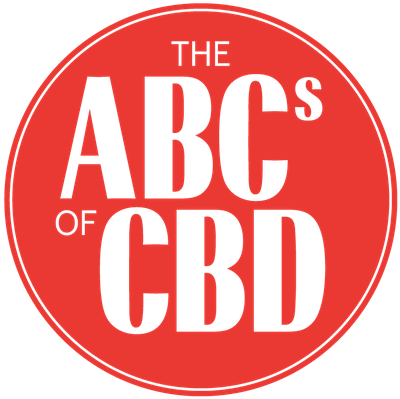
From gummies to pills to beauty creams, CBD is everywhere: Americans spent more than $360 million on products with this cannabis compound in 2017. And devotees claim it boosts health and has all the bliss-out benefits of weed, minus the paranoia. But how much do you really know about it? We'll be honest, what it is (and isn't) and what is does and how it works is complex—and had us more than a little confused before we started working on this project. So we asked an expert, Alex Capano, chief science officer for Ananda Hemp, a Kentucky-based health and wellness brand specializing in CBD products—a woman who spends all day every day studying CBD—to breakdown everything we might possibly want to know about the plant derivative. That way, you can feel confident adding it to your medicine cabinet (and nightstand, and handbag) ASAP.
Click a question below to jump to its answer:
- What is the difference between CBD and THC?
- Is CBD legal?
- How do I use CBD?
- Can I vape CBD?
- How much CBD should I use?
- What are the side effects of CBD?
- How long is CBD in my system?
- Can I take CBD every day?
- What drugs should I not combine with CBD?
- How long does CBD take to work?
- Will CBD help my skin?
- Can CBD lower my anxiety?
- Does CBD relieve pain?
- Where can I buy CBD?
What is the difference between CBD and THC?
Though they’re both found in a cannabis plant—meaning either hemp or marijuana—using CBD (full name: cannabidiol) is a far cry from smoking weed. Like THC (or delta-9-tetrahydrocannabinol), CBD is a cannabinoid—a molecule that helps the functioning of our endocannabinoid system, which regulates our mood, sleep cycle, inflammation, immune response, and more. But unlike THC, CBD isn’t intoxicating. “In other words, CBD can’t get you high,” says Alex Capano, chief science officer for Ananda Hemp, a Kentucky-based health and wellness brand specializing in CBD products.
“They both are relatively safe, but CBD is arguably safer for several reasons,” she says. For one, it won’t affect your motor skills or cognition, so you can use CBD and still drive your car or get through a day at the office without causing coworkers to raise an eyebrow. Also, while the THC in a joint, vape pen, or gummy might leave you feeling paranoid, CBD is actually an anxiolytic (meaning it nixes anxiety) and anti-psychotic.
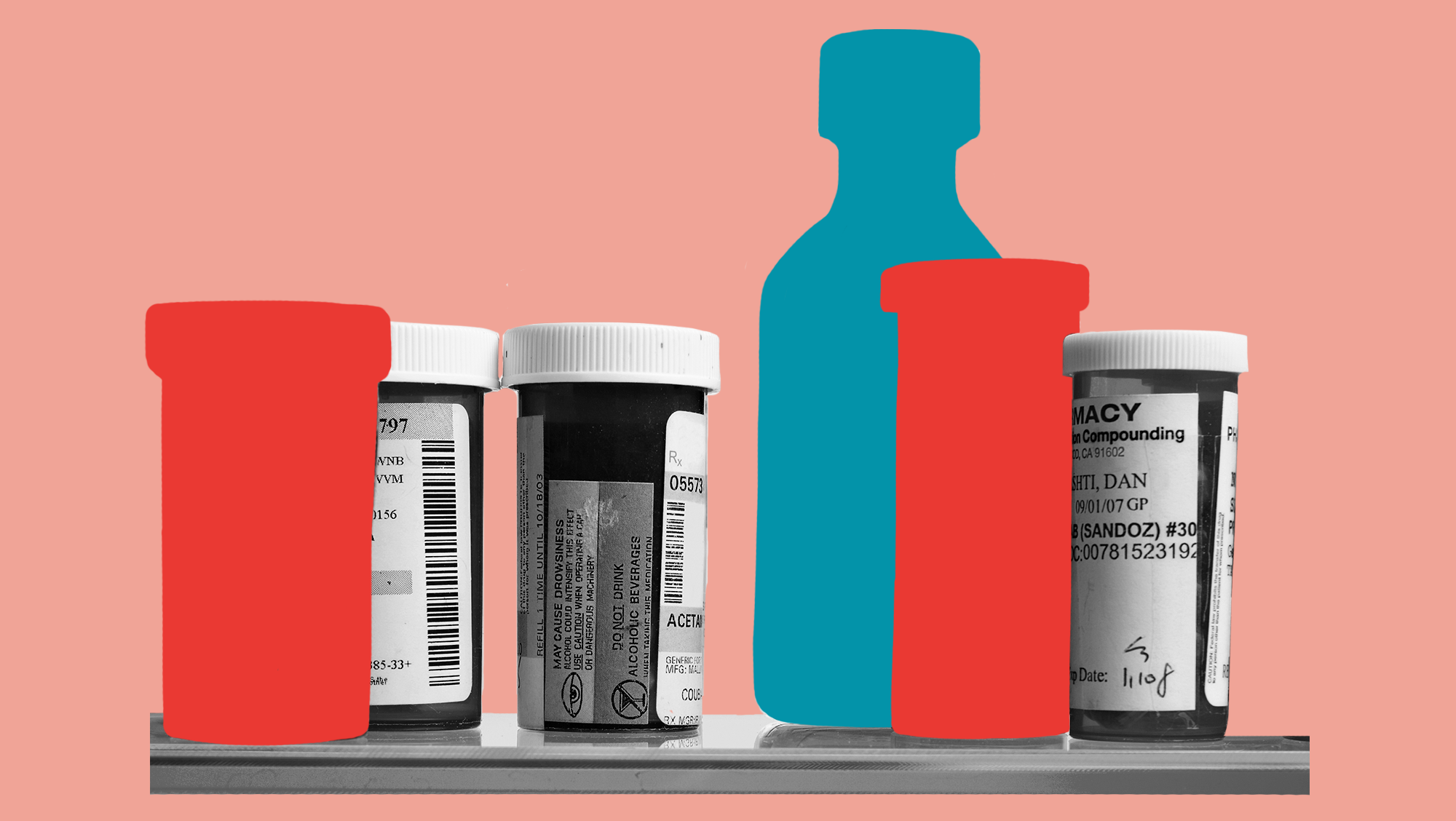
Both THC and CBD come with potential therapeutic benefits (read: can help ease your aches) but they work in different ways. THC decreases the perception of pain, while CBD acts as an anti-inflammatory. Also, CBD alone can treat severe epilepsy. THC, for its part, is better at alleviating chemotherapy-induced anorexia or HIV-associated cachexia, explains Capano, because it increases appetite (hello, munchies). As she puts it: “CBD can help with nausea, but it’s not going to make you eat a bag of Doritos.”
Is CBD legal?
Yes and no. Legality is a complex topic because it depends on where your CBD product comes from, says Capano: “CBD is legal at the federal level only if it’s derived from U.S.-grown hemp that has a license and permit under the Farm Bill; if yours is flown in from overseas or is derived from the marijuana plant, it’s technically not federally legal,” she explains. (A cannabis plant is either hemp or marijuana, depending on how much THC is in it. Hemp has 0.3 percent THC or less by weight when harvested, while marijuana has more than 0.3 percent THC by weight and is still federally illegal.)
Stay In The Know
Get exclusive access to fashion and beauty trends, hot-off-the-press celebrity news, and more.
Making it more complicated: Some states have restricted CBD sales, so even if your product was derived from federally legal hemp, it's legality where you live does vary by state. There’s a chance, Capano says, that you might run into law enforcement who’s not up-to-date on the bill and arrest you for possessing it—but it’s unlikely.
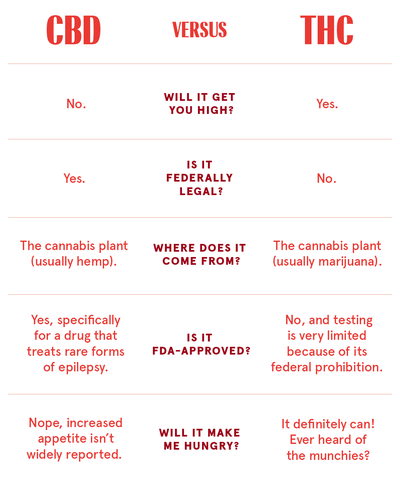
How do I use CBD?
There are tons of CBD products on the market, from lotions you rub on to capsules you swallow and tinctures you drop under your tongue. All these are made similarly: By extracting CBD, or cannabidiol, from a cannabis plant and then diluting it with a carrier, such as coconut oil, explains Capano. The way you choose to use it is totally a matter of preference and might require some experimentation.
You can’t OD on CBD, but dosage is personal. “More does not necessarily mean better,” warns Capano. “The response dose curve looks like a bell, so you want to hit the top of the bell without going over.” When figuring out your optimal dose, add a bit more every three days or so and see how you respond. If you get to a point where you don’t feel any extra benefit (or feel worse), you’ve gone too far; dial it back a bit the next day.
With a tincture, Capano recommends starting with 10mg of active cannabinoids (this should be on the label). In some products, 10mg is a few drops; in others, it’s a whole milliliter. Put the oil under your tongue and hold it there (no swallowing!) until it absorbs. If taking orally (e.g., popping a pill), you’re going to need more, says Capano, because you lose a bit of the active ingredients to something called first-pass-metabolism by the liver. A pill with 15 or 20 mg of CBD might be comparable to 10 mg of a tincture. “Also, keep in mind that oral ingestion results in a delayed onset,” she says, “so wait an hour or two before adding anymore, especially if there’s THC in there.”
For oils, creams, and other topical treatments—which are a great option for eczema, burns, or other skin conditions—“dosage depends on the concentration of the product, but generally just apply a small amount, as needed,” suggests Capano. Topicals also can help with headaches or migraines if you apply it at onset. And if getting your CBD with a vaporizer, start small. “You need less from a vaporizer and will have a very rapid onset,” she says. For this reason, she recommends trying just 2.5 mg at first.
Whenever you’re starting out with a new product, the best time to try it is right before bed—just in case it makes you drowsy, says Capano. Even if it doesn’t, you’re pretty much guaranteed a good night’s sleep.
Can I vape CBD?
Yes, and it may be your best bet if you’re hoping to achieve quick pain relief. Of all the options for taking CBD, vaping has the most rapid onset; you’ll feel its effects within minutes, says Capano. “Some people use CBD daily for prevention of a migraine, but if they feel one coming on, vaping might be a good way to get an almost-immediate CBD delivery to abort a migraine quickly,” she says.
One caveat: Most vaporizers use either propylene glycol or vegetable glycerin (PG or VG). Those are added ingredients used as carrier oils, and unfortunately we don’t know yet whether they’re safe to vaporize, warns Capano. If immediate pain relief isn’t a priority, another option, like a tincture, cream, or capsule (which take longer to set in), might be the safer way to go.
How much CBD should I use?
Like Capano explained above, the perfect dose varies from person to person. It also depends on a few things—the first being whether you’re using an isolate or full-spectrum product. Isolate products are pure CBD while full-spectrum products contain multiple cannabidinoids and oils, vitamins, and more natural compounds. “With full-spectrum products, you need a lower dose—and that might prevent drug interactions and will be easier on your liver,” says Capano.
Your ideal dosage also varies based on how you’re taking it—you’ll need less from a tincture than a capsule, for instance, because tinctures have a greater bioavailability (meaning more gets into your bloodstream and causes an effect).
But as a general rule? “Start low and go slow,” recommends Capano. “More isn’t always better, it’s like a bell.” Start with 10 mg worth of active ingredient a couple hours before bed. Each day, you can increase the amount slightly and take note of how you feel; dial it back when you don’t feel any extra benefit (or even feel a little worse) from additional milligrams. The sweet spot will likely be between 10 and 40 mg a day.
What are the side effects of CBD?

Unlike smoking a joint, using CBD won’t leave you with a giggling fit or the munchies. It can, however, make you sleepy. “The most common side effect is drowsiness, so don’t take it for the first time and get behind the wheel or head into a big presentation,” advises Capano. Wait to see how your body responds, just in case. In some cases, CBD can exacerbate heartburn or lead to mild allergic reactions, such as hives (though this is likely a reaction to the carrier oil added to the CBD, says Capano). Using CBD can also cause diarrhea or change in appetite or weight, according to a recent German study.
All that being said, if you’re taking CBD for a condition like anxiety or epilepsy, the potential drawbacks are generally milder or less of a nuisance than the side effects you might expect from traditional medical treatments.
The real concern when it comes to side effects, says Capano, is whether or not the CBD in your medicine cabinet is legitimate. You first need to find out if it’s even real CBD, as synthetic can be dangerous. Then look into how the plants are grown, how the product is manufactured, and what quality-assurance tests the brand conducts to ensure safety and the elimination of pesticides, chemicals, microbes, and molds. “It’s an unregulated industry, and there’s a lot of great branding and marketing out there, but unfortunately transparency is rare and not knowing what you’re getting is common,” warns Capano. “Usually that risk just means wasting your money, but it could be harmful, if there are dangerous chemicals in there, for example.” Contact the company with these questions; any reputable brand will be willing to provide customers with all these details.
How long is CBD in my system?
As a general rule, CBD should be out of your system in less than a week after you stop using it. But it varies from person to person, and the longer and more frequently you’ve taken it, the longer it’ll take to get out of your body. Here’s why: It’s lipophilic, meaning it dissolves in fats and compounds in your body over time, says Capano. That’s a good thing when you’re looking to prevent pain or alleviate anxiety, as the compounded levels boost the health benefits, says Capano. But yes, it will make the CBD take longer to leave your system if you decide to stop using it.
Can I take CBD every day?
Not only can you, but for the best effects, in most cases you actually should take CBD on a daily basis. “You can’t overdose on CBD, and it’s lipophilic (or fat soluble), which means it compounds in your body over time, adding to potential health benefits,” says Capano.
Still, “less is more,” she says, because CBD is metabolized through the same pathway in your liver as many common prescription and OTC meds. For that reason, Capano recommends sticking with full-spectrum products (which contain multiple cannabidinoids and oils, vitamins, and more natural compounds) as opposed to isolate products, which are pure CBD. “With full-spectrum products, you need a lower dose—and that might prevent drug interactions,” she explains. (Drug interactions are pretty uncommon, especially at low doses, but can occur with some commonly used ones, such as SSRIs and blood thinners.) Plus, with smaller doses, you’ll avoid stressing out your liver.
“There’s some evidence out there that CBD can adversely affect a damaged liver, and there’s other evidence that shows it can be helpful—it seems to depend on the underlying cause of liver damage,” Capano adds. If you already have liver issues, talk with your doc, keep a close eye on your dosage, and be sure to monitor hepatic enzymes every three months.
What drugs should I not combine with CBD?
The bad news: Your body metabolizes CBD through a pathway in your liver known as CYP 450, where enzymes break up potentially harmful compounds—and it’s the same pathway in your liver that metabolizes most common prescriptions and over-the-counter medicines, says Capano.
The good news: You likely aren’t taking a high enough dose of CBD that it will cause an adverse reaction with any other medications you might be taking. To lower your risk even more, make sure the CBD you’re using is a full-spectrum product rather than an isolate, so you can get the same benefits at a lower dose. Also, opt for a product that's not oral, as capsules involve a first pass through the liver that tinctures and other products don’t.

“Most people using full-spectrum CBD are taking no more than 40 to 60 mg a day, and we haven’t demonstrated drug interactions at those levels,” says Capano; you’d likely need to use upwards of 20 mg per kilogram of your bodyweight before seeing interactions. But talk with your doctor before combining CBD with any drugs you’re already on, especially if you take blood thinners or antidepressants, advises Capano.
How long does CBD take to work?
How fast your CBD takes effect totally depends on what form you’re using. Need to kick an acute ache, like a migraine, ASAP? Try vaping, suggests Capano. Vaporizing CBD has the fastest delivery—you should feel the effects set in within mere minutes.
If your needs are not quite so urgent, you might opt for a tincture; you’ll still feel the effects soon—usually within 20 minutes to an hour—since the liquid quickly absorbs into your bloodstream after you drop it under your tongue. This usage allows the CBD to bypass a first pass through your liver that capsules require before you feel their effects.
If you use CBD daily for preventative reasons and don’t need quick relief, an oral product might be for you. They take the longest to onset (read: at least an hour or two), but, says Capano, “they’re a good option for people who don’t like the taste of tinctures and want the convenience of capsules.”
Will CBD help my skin?
You bet. CBD can help clear up and calm down your skin in a few ways. For one, it works by relieving stress, which happens whether you take CBD orally or topically, says Capano: “We know that mood, especially stress, can influence skin irritation—so this is kind of a one-two punch.”
It also helps cell turnover, which can improve acne prone skin and brighten your complexion. Plus, because of its potent inflammatory properties, CBD can even lessen overactive sebum production and breakouts, and can reduce the frequency and severity of eczema and psoriasis flares.
You can even use it in place of hand sanitizer in a pinch. CBD is naturally antimicrobial and can help kill some nasty germs. Ananda Hemp’s oil has shown 99.9 percent antimicrobial effectiveness against staph and MRSA in tests. How well a CBD product kills germs does depend on how concentrated it is, so check with the manufacturer before relying on it. Also, keep in mind that CBD has only been shown to protect against gram positive bacteria, such as staph and strep—not against gram negative bacteria, like E. coli, notes Capano. So you shouldn’t rely on it for keeping you totally bug-free. “It’s better than nothing, but CBD isn’t a substitute for hand soap,” she says.
Can CBD lower my anxiety?
Nixing your nerves is one of the top reasons people are turning to CBD products (along with lessening pain and help sleeping). There’s still research to be done on how exactly it works to calm anxiety, but one thing we do know is that it blocks an enzyme called FAAH, which works to lower a fatty-acid neurotransmitter called anandamide, explains Capano.
For the non-scientists among us, by blocking FAAH, CBD can help increase your level of anandamide. And that’s a big deal when you’re looking for a mood boost. This neurotransmitter (the same one that leads to the elusive runner’s high) is named after the Sanskrit word for joy, bliss, or happiness. Basically, says Capano, “CBD makes our natural bliss molecule work better for us.”
Bonus: If CBD is easing your aches or increasing your ZZZs, that might in turn leave you feeling even more relaxed.
Does CBD relieve pain?
Get ready to kiss that nagging knee or back pain goodbye. Along with improvements in sleep and mood, chronic aches are the main reason people are turning to CBD. That’s because cannabidiol is an anti-inflammatory agent. In other words, it helps reduce the inflammation causing the pain, rather than reducing your perception of pain. “Percocet will just make you feel like you don’t have pain while CBD will get at the root cause,” explains Capano. CBD also helps nix pain because it’s an antioxidant itself, increases our own natural antioxidants, and works on serotonin receptors.
While all that combines to mean CBD has magical pain-slashing properties for certain aches, it’s not ideal for every kind. It’s a great, effective therapeutic option for chronic pain and pain prevention (e.g. frequent headaches, ongoing back pain that’s lasted more than a week), says Capano. “But if you have an acute injury, like a broken bone, CBD is not going to be a substitute for morphine in the hospital; those really strong narcotic painkillers have their place.”
That said, if you’re dealing with chronic pain and are already on medication for it, talk with your doctor about combining those traditional meds with CBD. More than 50 percent of long-term opioid users who added CBD to their treatment were able to reduce their opioid use and 90 percent of them had better quality of life within two months, according to research Capano recently conducted, which is pending publication. “We know that CBD is effective with pain and it’s safe to use with opioids—plus, it can help with withdrawal symptoms as you lower opioid use,” she says. “There’s pretty good data that CBD can be a treatment for substance abuse disorders. We should be motivated to use something that’s safer and doesn’t have the risk of dependency or overdose.”
Where can I buy CBD?
If you’re in a big city, you’ve likely seen CBD all over—from chic pop-up shops to your corner bodega. If you’re in a small town, you can probably find it in a brick-and-mortar shop too, as lots of small, independent pharmacies are carrying CBD products now. But if you do have trouble tracking it down in person, you can easily order online and have it shipped to any state (since U.S.-grown CBD is legal nationwide per the Farm Bill). But keep in mind: “There are so many online retailers, you have to do your homework,” says Capano.
To make sure you’re getting a legit product, research the brand before purchasing from it and find out where it sources its CBD. If you can find a company that’s vertically integrated—meaning they have control over the growth of their plants—that’s ideal, notes Capano. (It’s not essential, though, and might be difficult to find a vertically integrated brand, as only a handful of companies in the U.S. are.)
You should also ask if the brand does third-party testing, what level of actives are in the product, whether it contains any microbial contaminants or pesticides. Not only should any reputable company make this info readily available, but they also should include a batch number with every product, so you can see a lab analysis. Don’t be afraid to push for all these details, says Capano: “The more we demand transparency that as consumers, the better the industry will get.”
For more stories like this, including celebrity news, beauty and fashion advice, savvy political commentary, and fascinating features, sign up for the Marie Claire newsletter.
Laurel Leicht is a writer and editor in Brooklyn. She's covered health, fitness, and travel for outlets including Well+Good, Glamour, and O, The Oprah Magazine.
-
 Princess Anne's Unexpected Suggestion About Mike Tindall's Nose
Princess Anne's Unexpected Suggestion About Mike Tindall's Nose"Princess Anne asked me if I'd have the surgery."
By Amy Mackelden Published
-
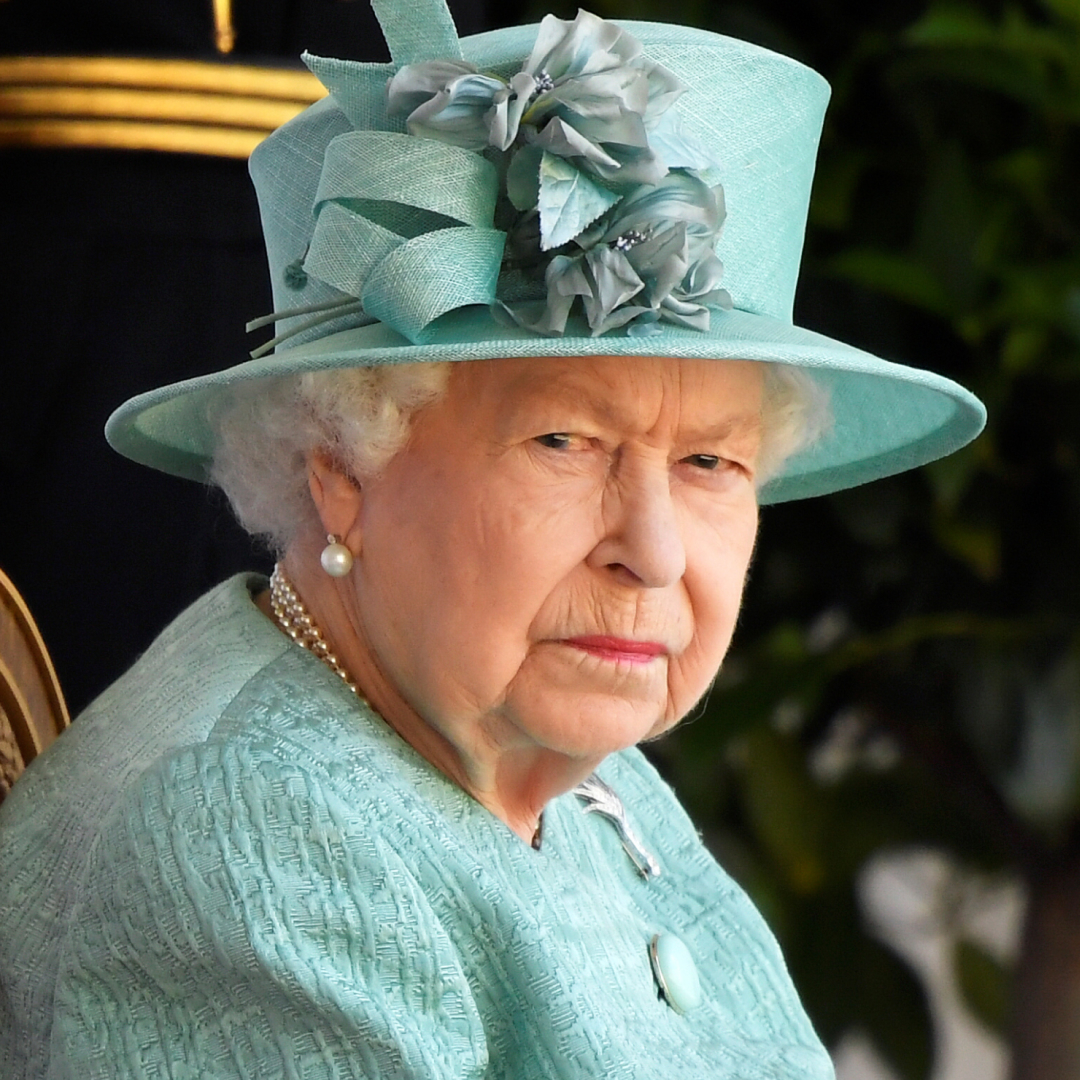 Queen Elizabeth's "Disapproving" Royal Wedding Comment
Queen Elizabeth's "Disapproving" Royal Wedding CommentShe reportedly had lots of nice things to say, too.
By Amy Mackelden Published
-
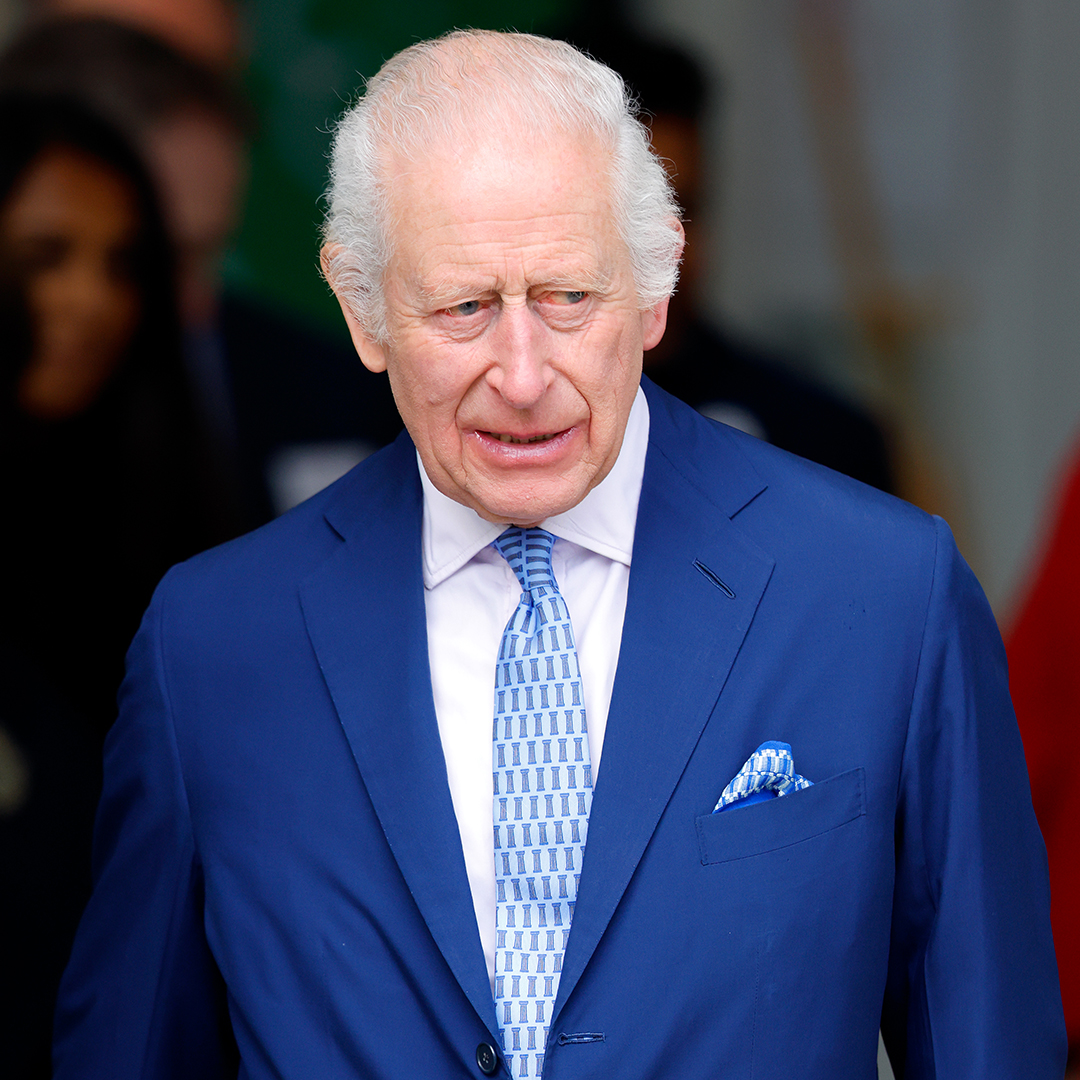 Palace Employees "Tried" to Get King Charles to "Slow Down"
Palace Employees "Tried" to Get King Charles to "Slow Down""Now he wants to do more and more and more. That's the problem."
By Amy Mackelden Published
-
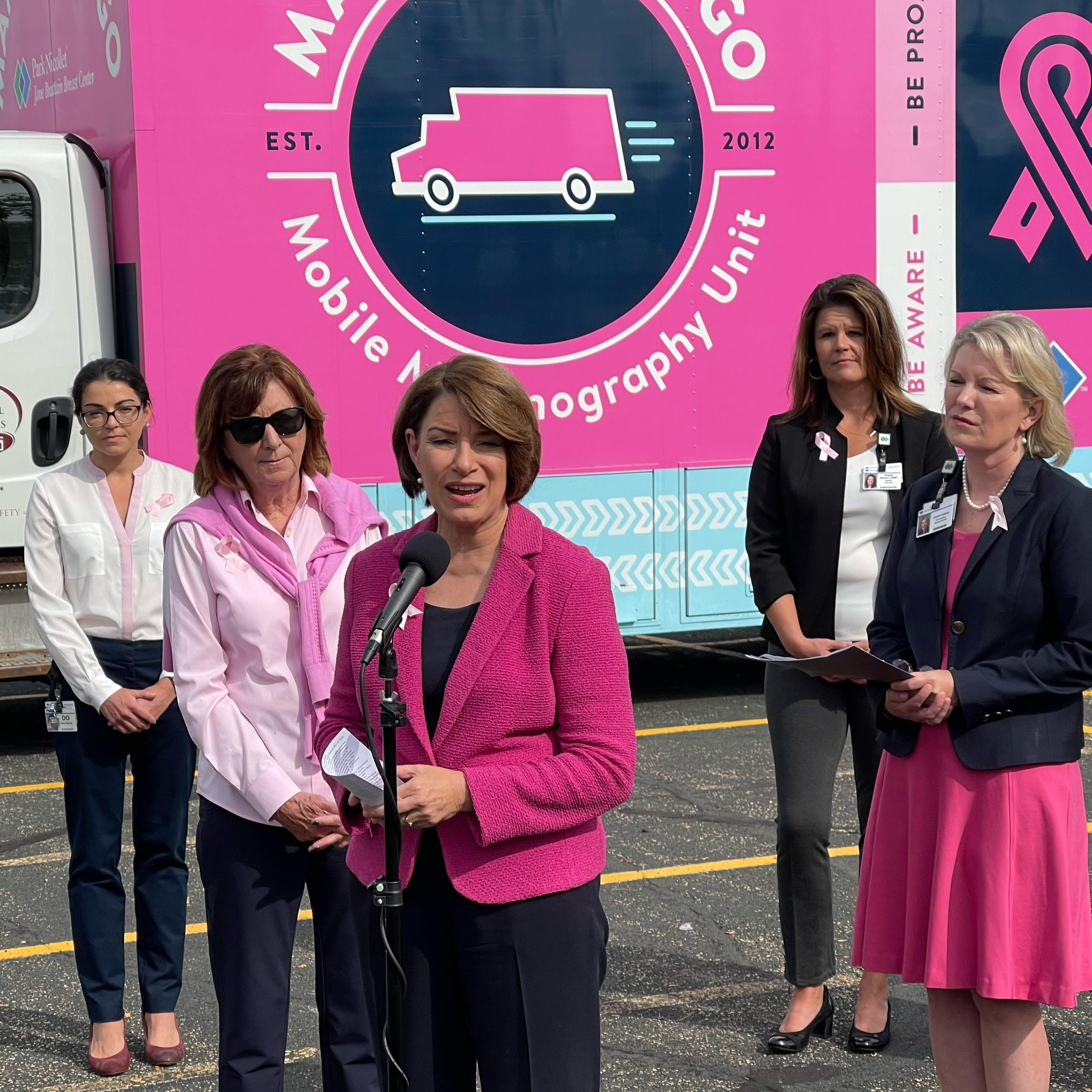 Senator Klobuchar: "Early Detection Saves Lives. It Saved Mine"
Senator Klobuchar: "Early Detection Saves Lives. It Saved Mine"Senator and breast cancer survivor Amy Klobuchar is encouraging women not to put off preventative care any longer.
By Senator Amy Klobuchar Published
-
 I'm an Egg Donor. Why Was It So Difficult for Me to Tell People That?
I'm an Egg Donor. Why Was It So Difficult for Me to Tell People That?Much like abortion, surrogacy, and IVF, becoming an egg donor was a reproductive choice that felt unfit for society’s standards of womanhood.
By Lauryn Chamberlain Published
-
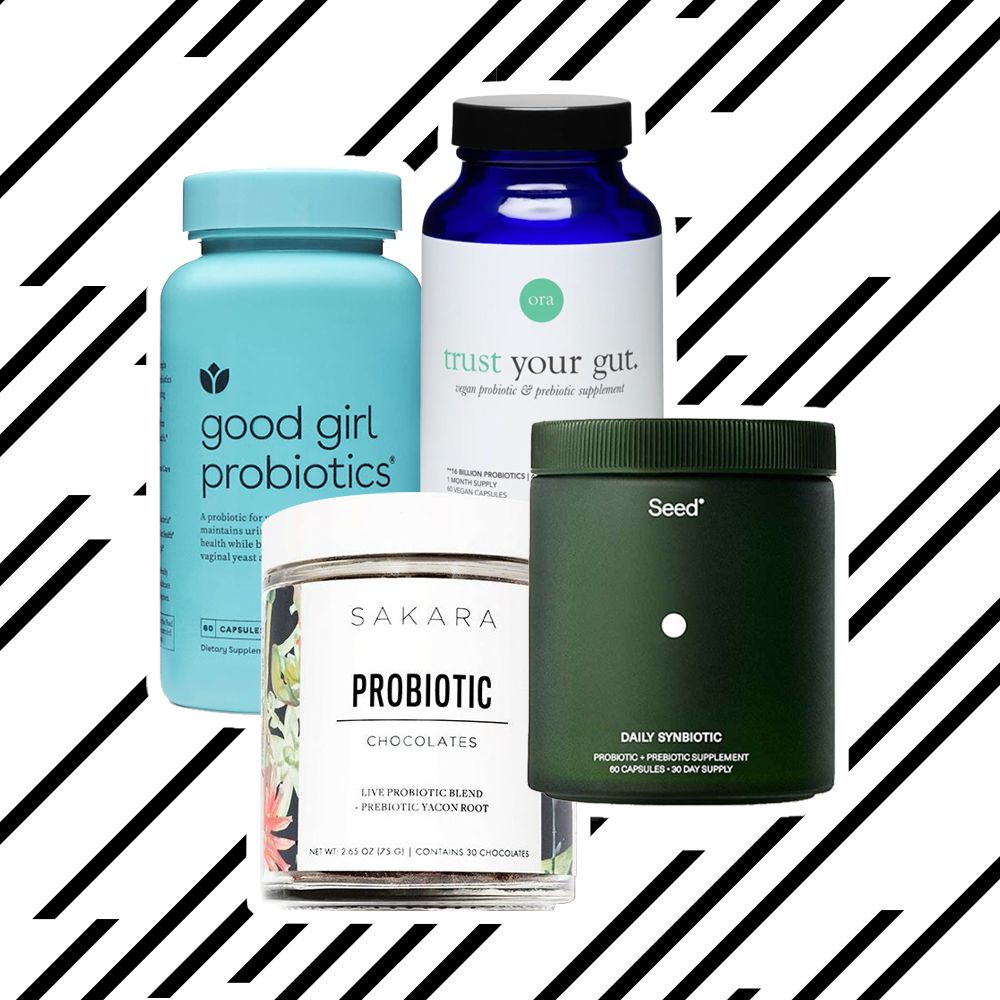 The 20 Best Probiotics to Keep Your Gut in Check
The 20 Best Probiotics to Keep Your Gut in CheckGut health = wealth.
By Julia Marzovilla Published
-
 Simone Biles Is Out of the Team Final at the Tokyo Olympics
Simone Biles Is Out of the Team Final at the Tokyo OlympicsShe withdrew from the event due to a medical issue, according to USA Gymnastics.
By Rachel Epstein Published
-
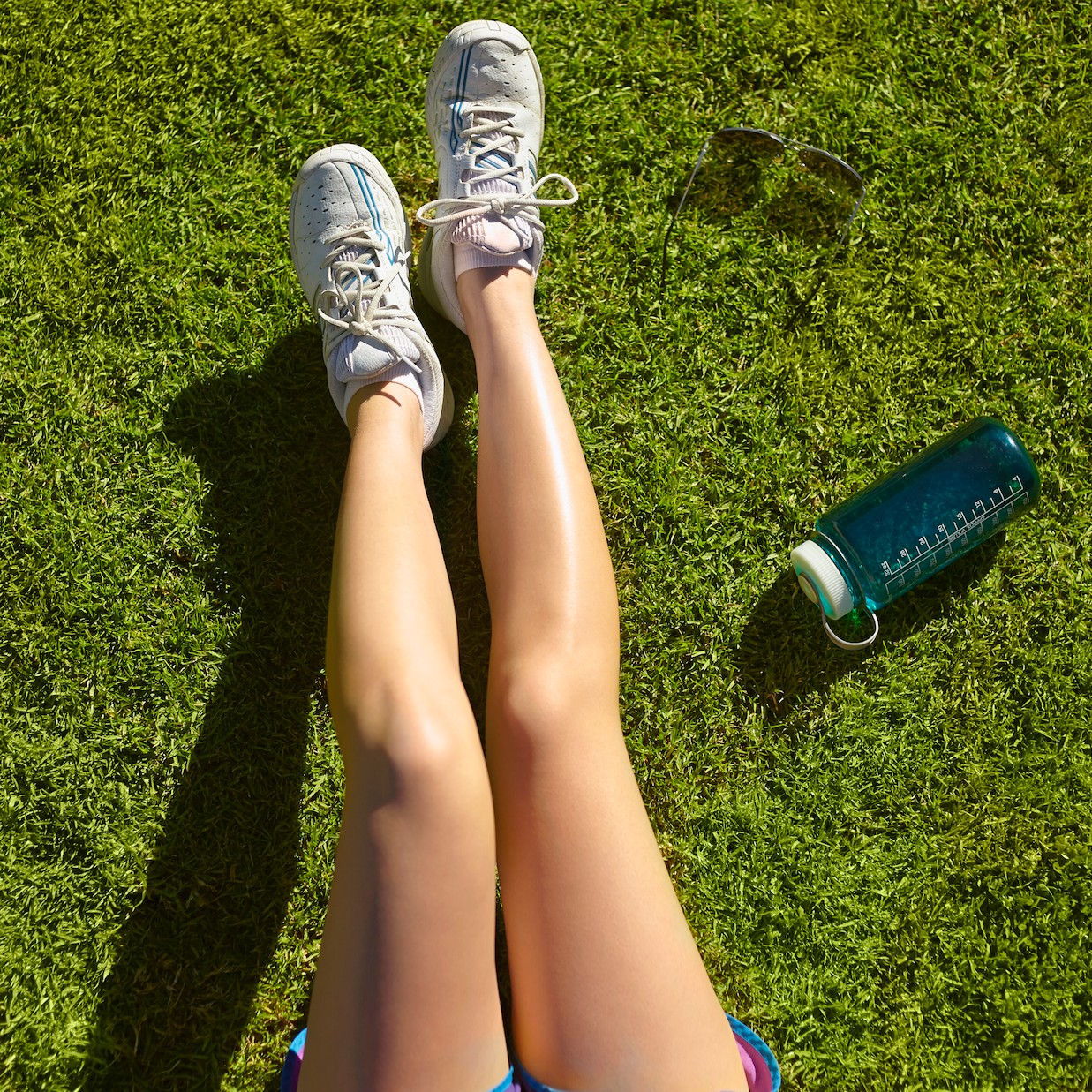 The Truth About Thigh Gaps
The Truth About Thigh GapsWe're going to need you to stop right there.
By Kenny Thapoung Published
-
 The High Price of Living With Chronic Pain
The High Price of Living With Chronic PainThree women open up about how their conditions impact their bodies—and their wallets.
By Alice Oglethorpe Published
-
 I Used to Imagine Murdering the Men I Dated
I Used to Imagine Murdering the Men I DatedFalling in love helped me finally figure out why.
By Jessica Amento Published
-
 60 Workout Apps for Women Who Want Results (Without a Gym Membership)
60 Workout Apps for Women Who Want Results (Without a Gym Membership)Buying Guide Easy fitness plans you can follow without fear of judgment.
By Bianca Rodriguez Published